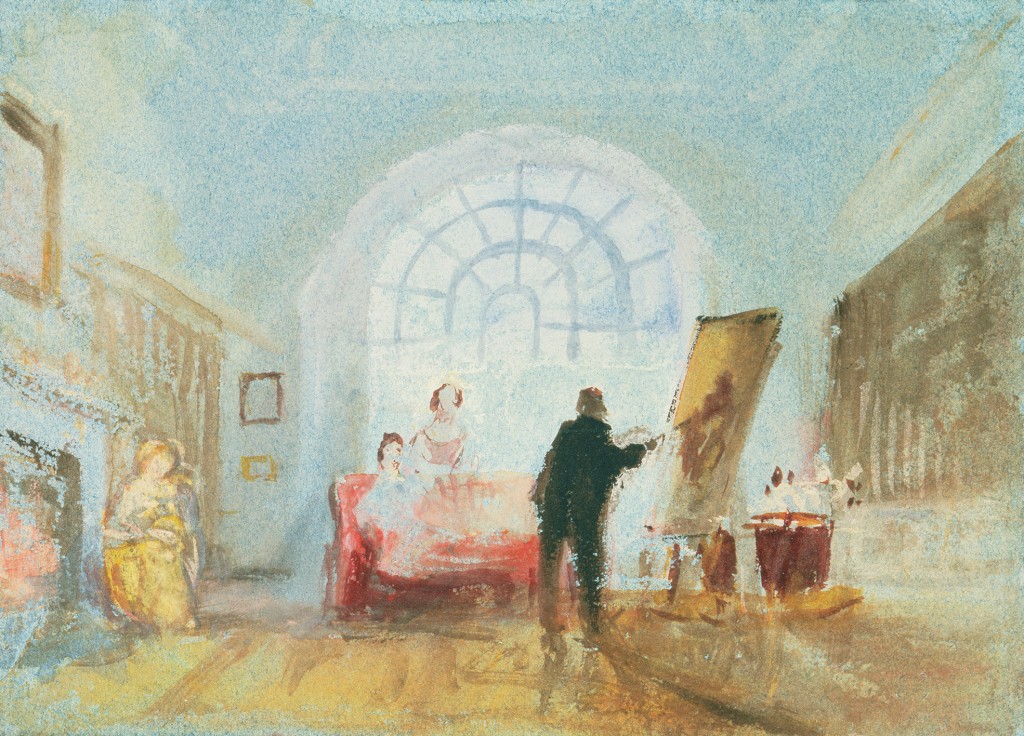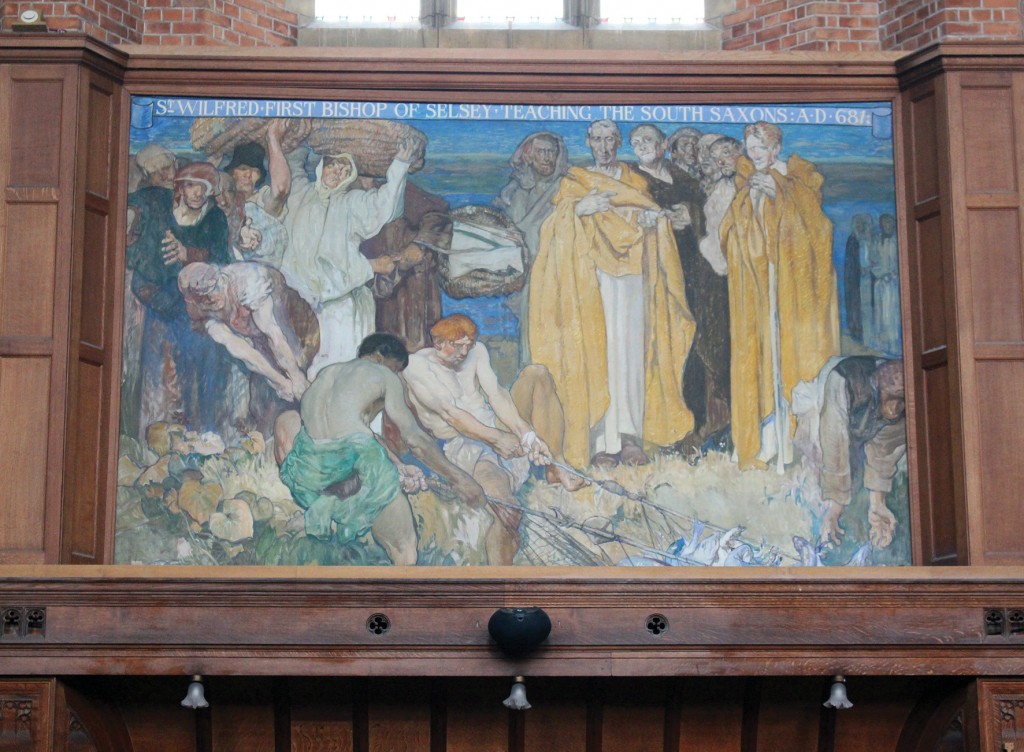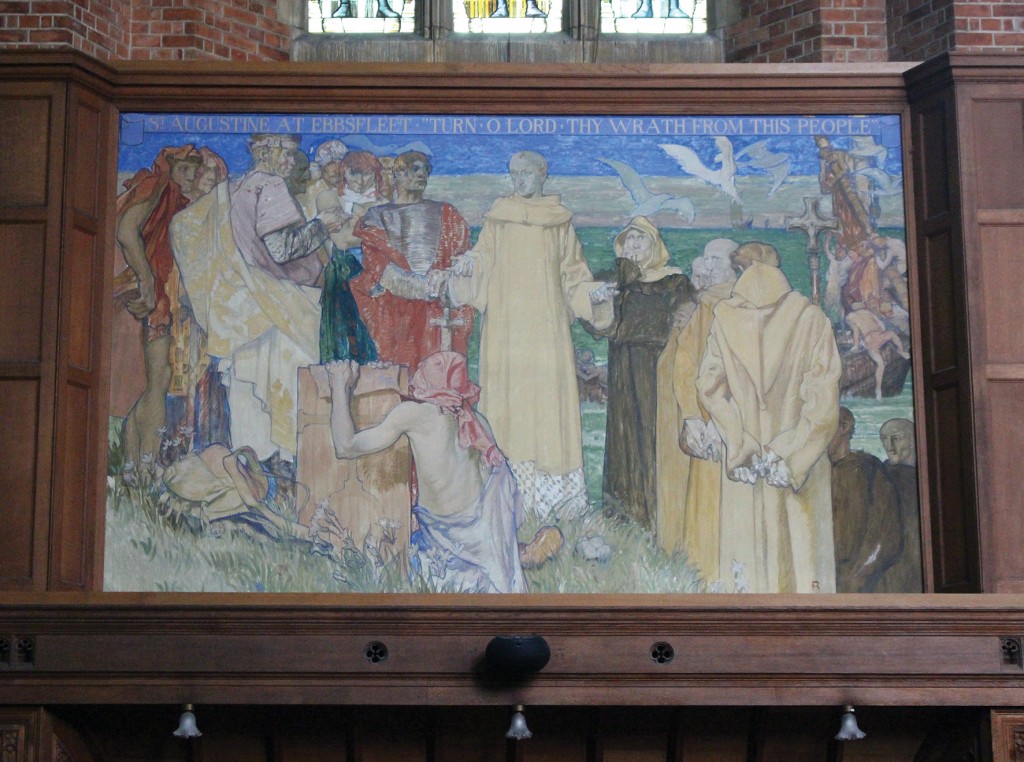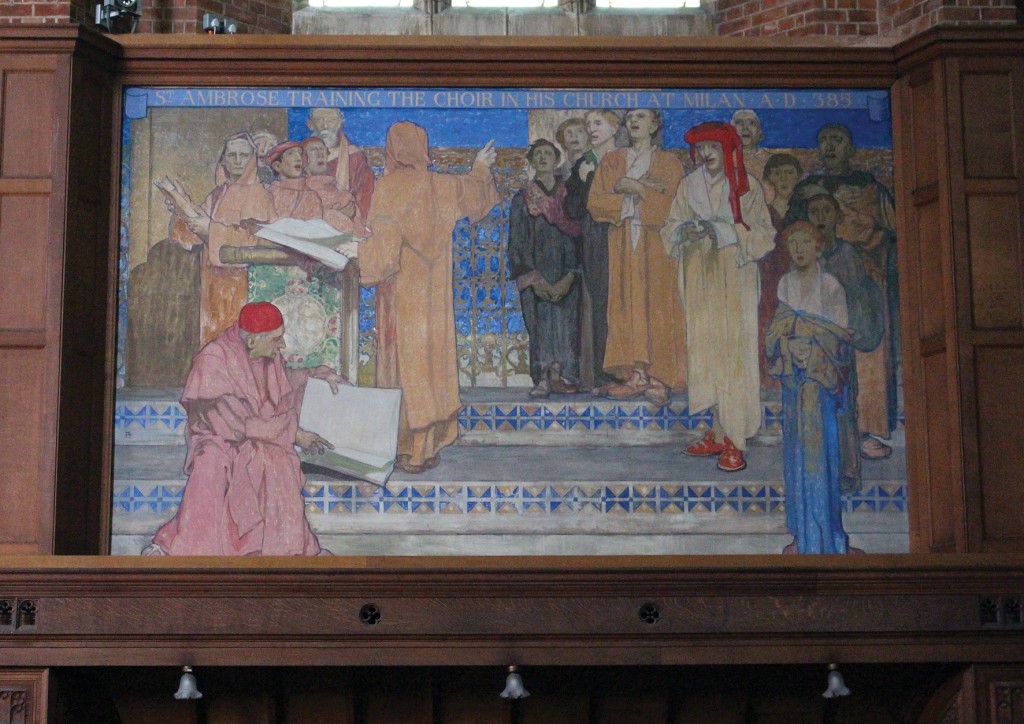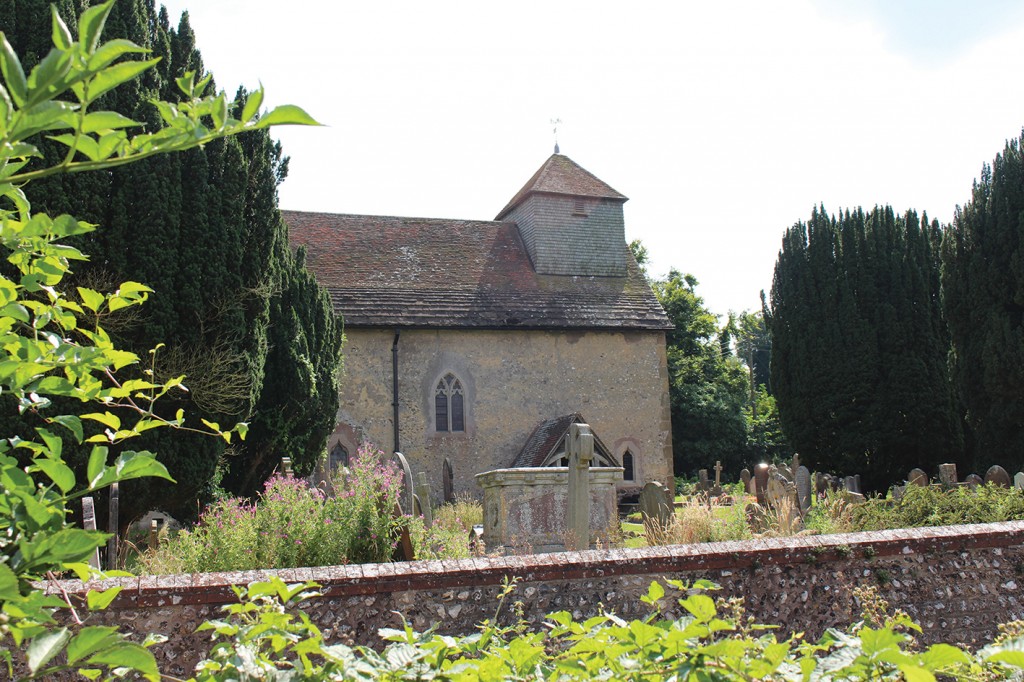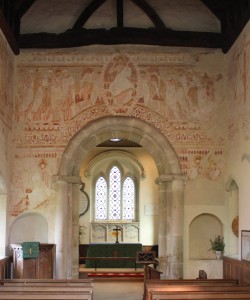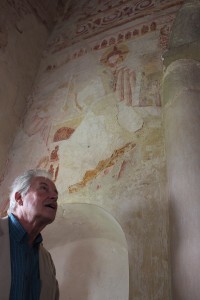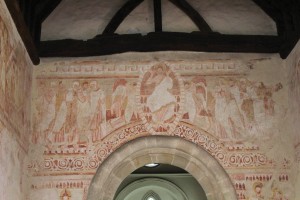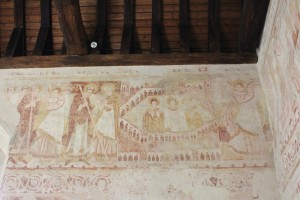
In scenes reminiscent of an important debate at the House of Commons the galleries were packed with people at the Horsham Museum & Art Gallery for the opening of Order (dis)Order! The exhibition was opened by the Lord High Sherriff of West Sussex, Jonathan Lucas.
This colourful exhibition celebrates our nation’s Parliamentary history and Horsham, Steyning and Bramber’s role in it over some 720 years.
In a year which marks the 800th anniversary of the signing of the Magna Carta by King John at Runnymede it is extraordinary to reflect that it is also the 750th anniversary of the first English Parliament, called by Edward I (1272-1307) in 1275.
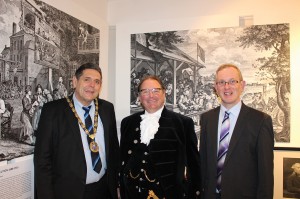
In 1295 Edward I summoned what was to become known as the ‘model Parliament’. The King invoked a Roman phrase when he proclaimed “What touches all, should be agreed by all”. Its representation of two knights from each county and two burgesses from each town was to provide the model for almost all future Parliaments until more modern times. Horsham Steyning and Bramber were all boroughs and could elect MPs.
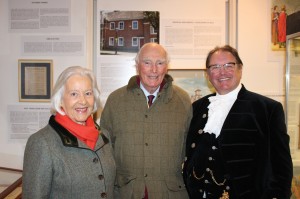
The exhibition traces Parliament’s history from these earliest times to the present day. It explores many of the distinguished and ‘colourful’ characters who have brought great and important social and economic change to our nation, as well as those who have brought less noble intent and disrepute upon Parliament. Take for example Elyot Roger the MP for 1421. A chapman by trade, he was indicted for breaking into the house of John Dawtre, stealing plate and clothes and ‘ravishing’ the unfortunate Mrs Dawtre!
But the exhibition gives colour to more than these characters. My eye is taken by some exquisite watercolours of what appear to be medieval wall paintings. Jeremy Knight, curator of the exhibition, explains. “In 1801 Irish MPs joined the House of Commons. It had been meeting in St Stephen’s chapel which now needed to be radically altered and enlarged to accommodate this influx of additional MPs. As a temporary measure whilst work was underway they moved to the Painted Chamber. When the tapestries and Sir Christopher Wren’s carvings were taken down they revealed the fantastic medieval wall paintings recorded by John Smith. His hand coloured pictures are all that remain. The original wall paintings were destroyed as part of James Wyatt’s remodelling of the Palace in the early 1800s.” The public outcry to save the paintings is recorded in the press at the time. However, it is unlikely that they would have survived the fire at the Palace of Westminster in 1834 or German bombing during the Second World War. John Smith’s record is of great importance.
Those gathered for the opening included Horsham’s distinguished former MP and Deputy Lieutenant for West Sussex, Sir Peter Hordern. Lady Morse a, descendant of the three generations of the Hurst family, who were MPs for Horsham between 1812 and 1875, attended with her husband Sir Jeremy and were delighted to have contributed to this fascinating exhibition.
From Medieval times to Women’s Suffrage this exhibition provides a remarkable insight into the nation’s Parliamentary history and our county’s place in it. Order (dis)Order! runs at the Horsham District Council Horsham Museum & Art Gallery, The Causeway, Horsham until 7th March 2015. Entrance to the Museum and exhibition is free. For more information go to www.horshammuseum.org or telephone 01403 254959.
By Revd. Rupert Toovey. Originally published on 21st January 2015 in the West Sussex Gazette.



